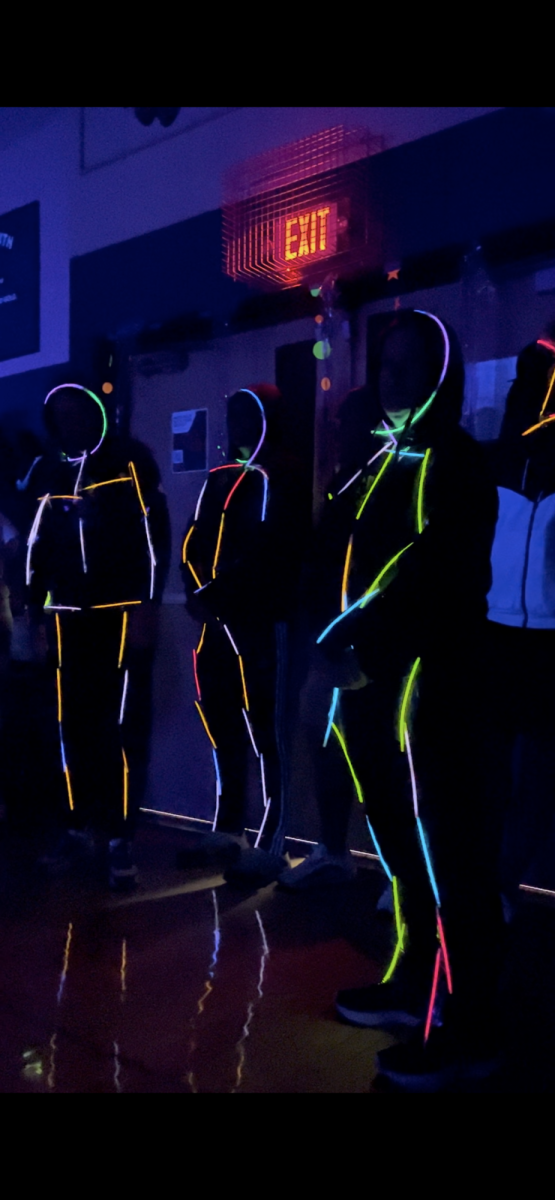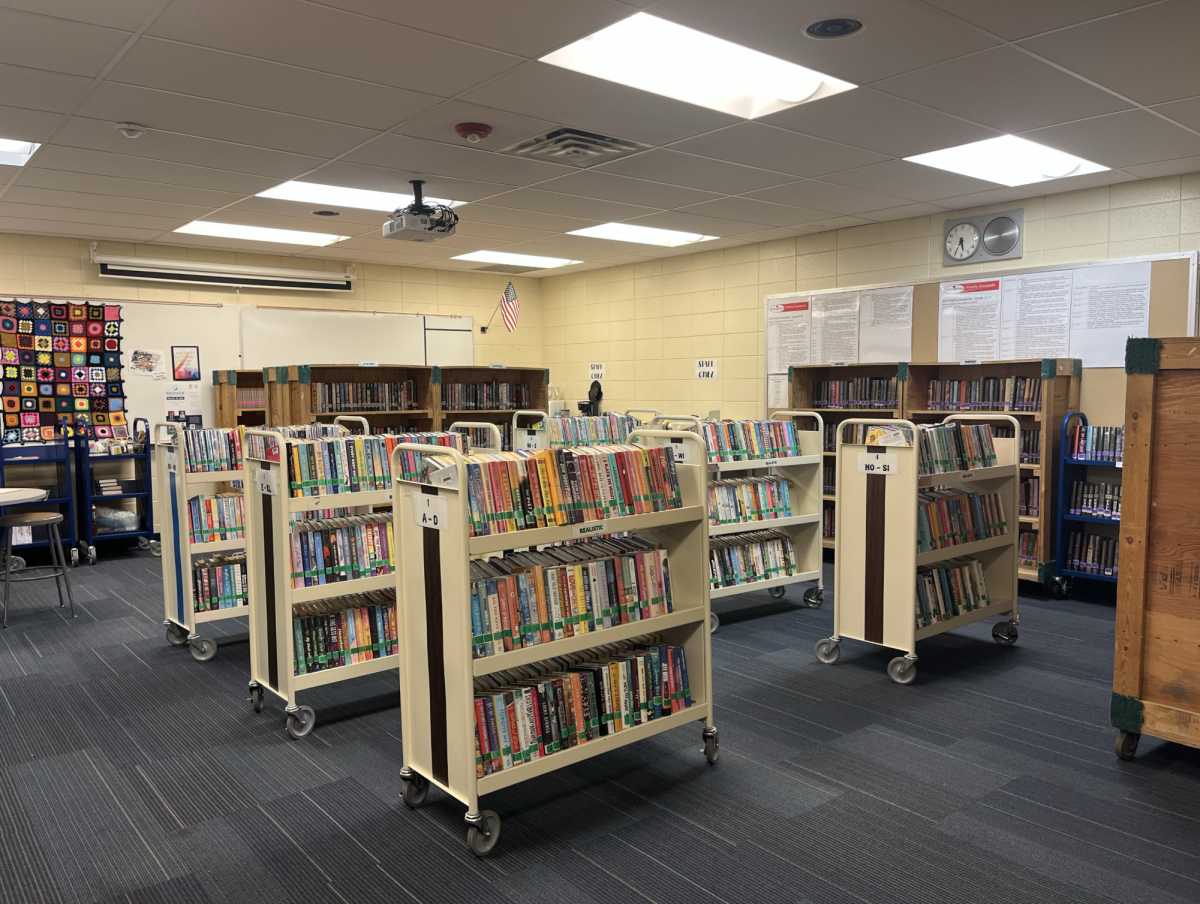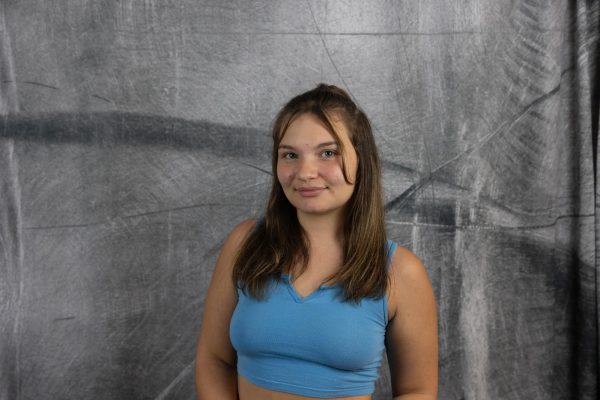In the last four years, enrollment has decreased quite a bit with principal Dr. Sean DeMaree noting 200 fewer students from when he first started working here.
“Four years ago we [had] approximately 2000 students and then the year after, which was my first year here at South, we were right around 1950, and then after that, we were around 1900, last year we were at 1844 that’s an exact number. And this year we’re at 1791,” DeMaree said.
However, there are other schools dealing with the decrease. All of Olathe is currently shrinking and is expected to continue to shrink.
“The City of Olathe is projected to lose about 1200 students over the next 10 years. So all five high schools are witnessing that we’re pretty comparable in size to Olathe West and Olathe East. Olathe Northwest and Olathe North are both significantly bigger right, both sitting around 2000 students. We have 1800, East has 1800, and Olathe West has 1600,” DeMaree said.
A big piece of the shrinkage is Olathe becoming less and less affordable for young families to move into.
“If you look at the neighborhoods around Olathe South, the average selling price has increased well above $400,000. At that kind of price range you’re looking at more established families, families who are maybe moving into their second or even third home,” DeMaree said. “Their students, if they still have students, they’re either late in high school or even moving to college.”
DeMaree wants to see more families grow up on ‘the South Side’ of Olathe and raise their families there. Yet, the problem remains that families just can’t afford to live on this side of the city.
“Typically what I want to see is a young family moving in, they have students [who] are going to be going to [an] elementary school, and then they grow up in the south side community,” DeMaree said. “We just don’t see that as much.”
Another reason why student enrollment is decreasing is because we don’t have section eight housing in our boundary lines, making it difficult for families to find a home on this side of the city. Section eight housing is government-controlled housing. The landlords of apartments, houses, duplexes, townhomes, etc., have agreed with the government and get government funding which brings the cost down to around $900 to $800 when the average rent in Olathe is $1800.
“Olathe West, Olathe North, and Olathe East, all have section eight housing in their boundary lines. Olathe South and Olathe Northwest do not,” DeMaree said. “So if you’re a young family who doesn’t have a lot of money, they’re probably thinking about getting section eight housing.”
However, Olathe not being affordable is not the only reason why the population here is decreasing. Junior Rue Kolenda, a student who transferred here from East sophomore year and is now transferring back to East, says that the reason she is leaving is because she doesn’t feel well supported here.
“I just had a lot more close relations and more of a support system in East my freshman year, by both admin and students,” Kolena said.
Specifically, she feels that the counselors don’t listen well enough to students and their problems.
“I think that we have a huge problem with our counselors not really supporting the mental health of our students,” Kolenda said. “A lot of the feedback that I[‘ve] gotten from other people who I’ve talked to about this is that they just nod their heads when people talk about their problems and not give helpful feedback.”
Still, DeMaree acknowledges that we still have issues to continue to work on throughout the school. Not only does he acknowledge the current problems, but he also recognizes the past and wants to build from that.
“We have had a history of not necessarily the best press, and I don’t shy away from that. We’ve had a lot of issues with racism in our school. We’ve had issues with harassment and bullying in our school, and those are all reasons why a student might choose not to come here,” DeMaree said. “So working on all those things directly, trying to be a school that is more inclusive, that is more welcoming, that is safer for every student, regardless of what you look like or who you love or how you practice your religion, doesn’t matter. You can come to South, you’re going to be safe here.”









